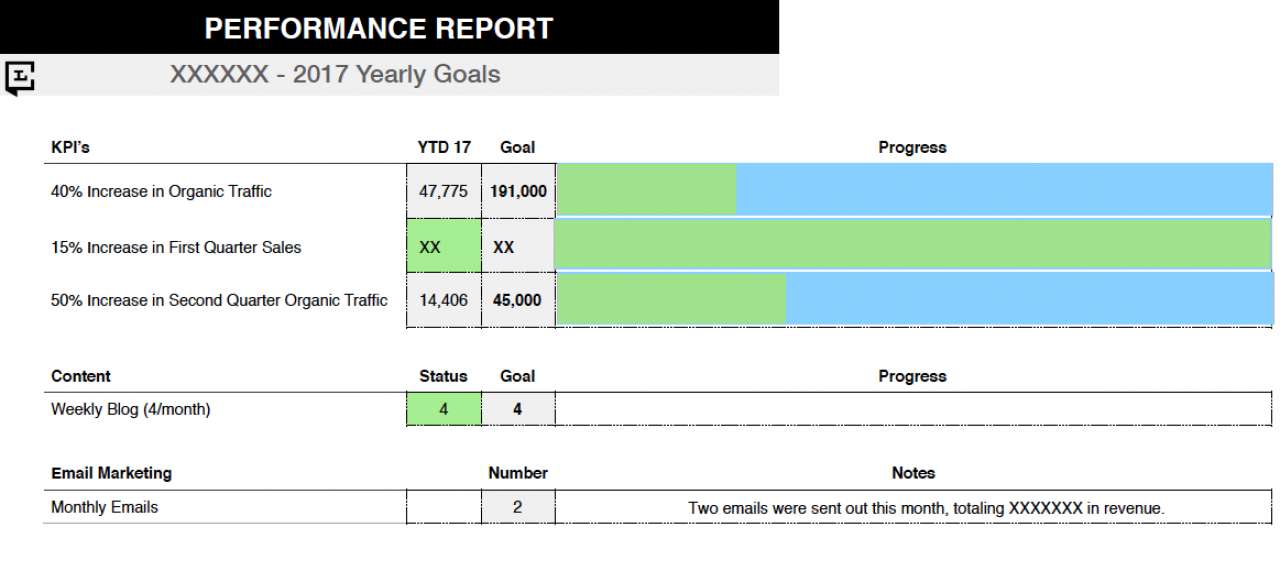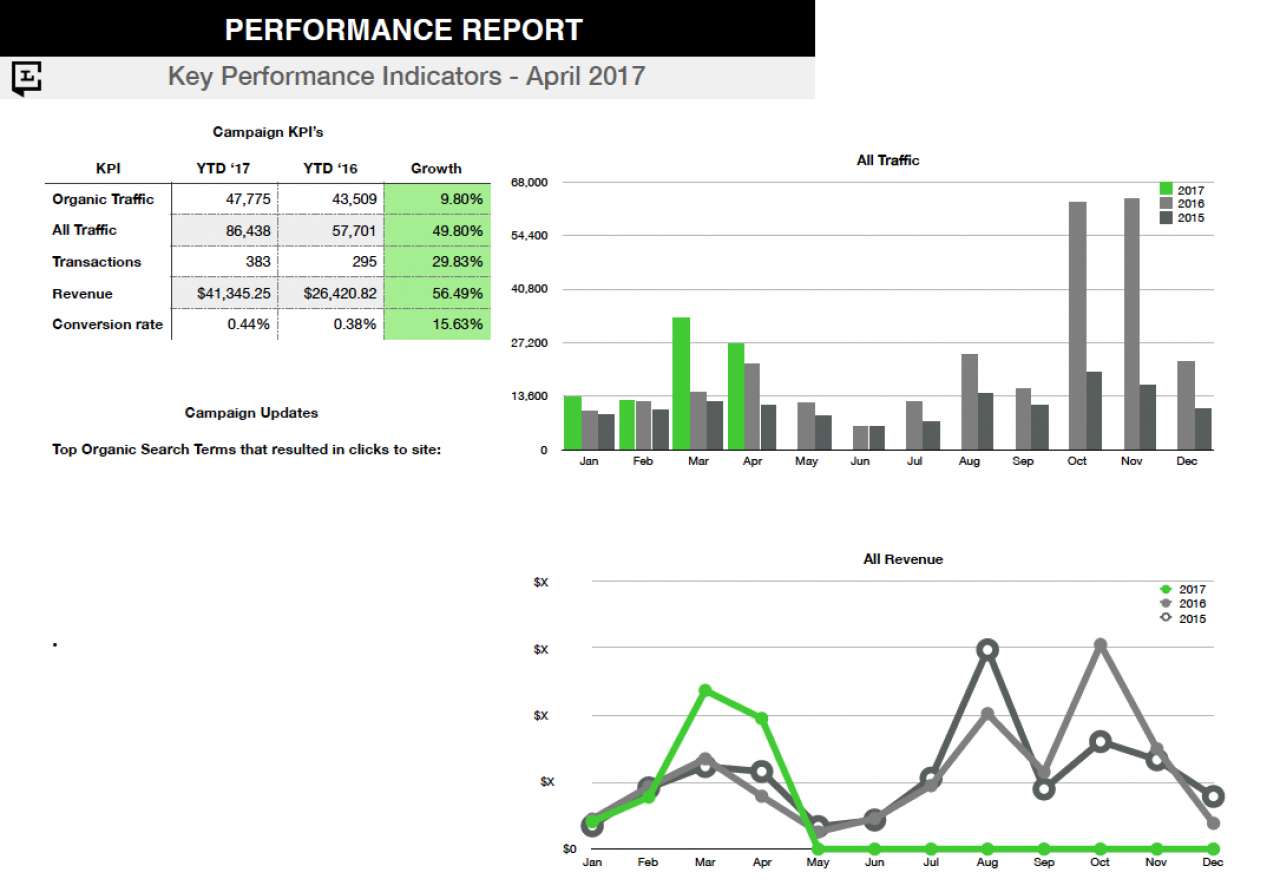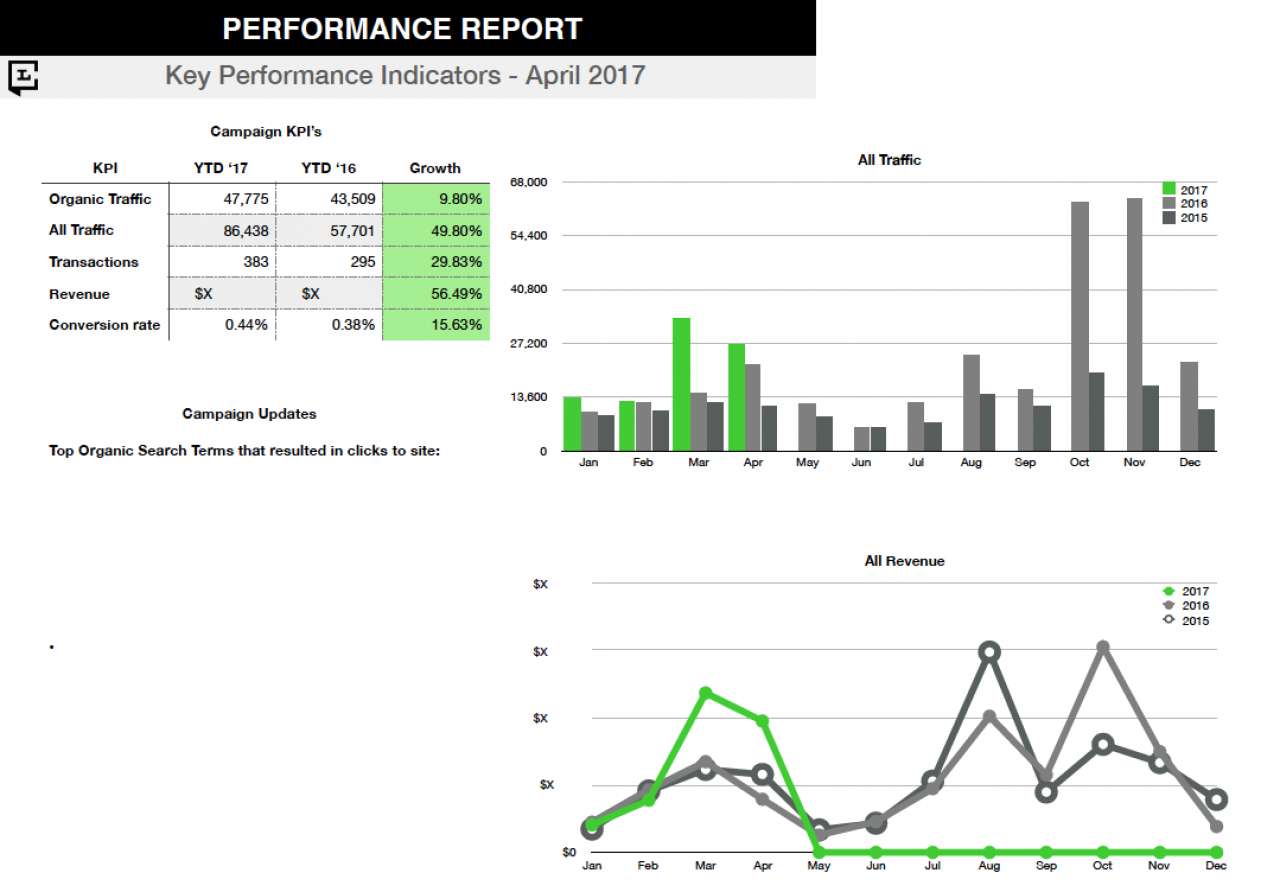Establishing benchmarks for online success.
Success is a journey, not a destination. The doing is often more important than the outcome. — Arthur Ashe
Click-through rates. Unique sessions. Conversions. Percentage of traffic. Top content pages. Where in the world does the path to understanding how to measure online success begin? The truth is, measuring everything is the biggest mistake you can ever make, so you have start with the metrics that matter to you.
The following outline lays out the key steps to begin your online plan.
STEP 1: Understand the Outcome You Want
Start with the end in mind. Seeing a clear picture of the outcomes you want is defining what you deem acceptable before the race starts. The key to this first step is not to overcomplicate it. Limit the Key Performance Indicators (KPIs) you are going to track to five, at most. Most businesses are looking to answer one major question: did the marketing dollars we spent make us more money? So start there. And then begin to answer the question why did we make more money or why did we not.
Though not an official step, make sure to read this article by Avinash Kaushik, The Digital Marketing Evangelist for Google. He outlines specifically his recommendations for what to try and why.
Step 2: Get Key Stakeholder Approval
Too many times a plan fails or doesn’t get off the ground because the right people aren’t in the room. Without buy-in from the C-suite, your plan isn’t going to go very well. Some CEOs understand the value of marketing, and others would prefer to invest in different elements of the business. Work to get your leadership team to understand the value in what you are doing. Here is our plan to help grow the bottom line. And here is how we are going to track its success. This statement alone will help get approval on a plan because it has focus and measureable results.
Over time, results will prove that you and your team are converting marketing dollars are converting into a profit for the company. This will earn you the flexibility to take risks and continue building upon the conversation of growing the company.
Don’t underestimate this step. If your CEO doesn’t know what you are doing, then you don’t have value in the company. Be prepared going into this conversation. Do your homework so that he or she will have confidence in signing off on moving forward.
Step 3: Start Your Plan
Now that you know what you are going to measure and have approval to start- start.
Step 4: Create a Dashboard
Data is only as good as the interpretation of how it impacts your business. This is why Step 1 is critical. You do not want to get paralyzed in the world of data. Yes, you can report on how much time people from Indiana spent on your About page, but why? A dashboard allows you to focus on what’s important for your business today. Forget about everything else and get this part right. Without it, you’re going to drown in data.
Your dashboard should be easy to digest and be sent on a regular basis. For some companies, a quarterly dashboard will suffice. However, if you are running an omni-channel marketing plan, a weekly or monthly report is recommended.
Also, make sure the report can be reviewed in less than 10 minutes. There are dozens of report builders on the market to fit your needs; or build a custom report. Either way, just make sure the layout is easy to read and shows the data in a way that is easily digestible.
Below is an example of a dashboard that we custom built for a client. It outlines the core KPIs for the year, and then summarizes key elements of their online initiatives. In less than 10 minutes anyone can absorb what has happened in the last 30 days, compare YTD date, evaluate YOY trends, and make key decisions on how to improve.





Step 5: React and Improve
Dashboards should serve as your guidepost for initiating changes. You should quickly be able to understand what is working and what is not, and then begin to make changes to your campaign, keywords or emails. The power of digital marketing lies in the opportunity to change quickly, so build your processes around solid data, reporting and the ability to act fast.
Every business needs a way to track what’s working and what’s not. By following these five steps, you’ll allow yourself the freedom to begin focusing on improving your marketing efforts and stop being reactive to the distractions that surround you.


